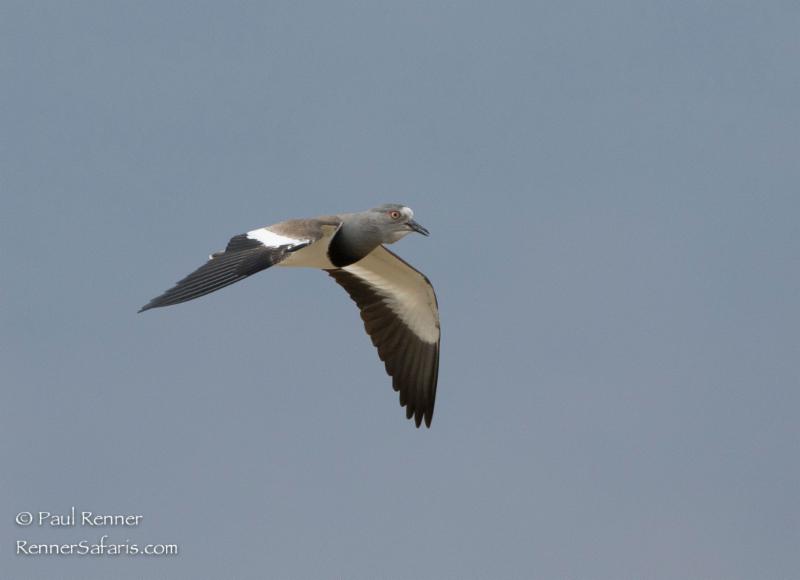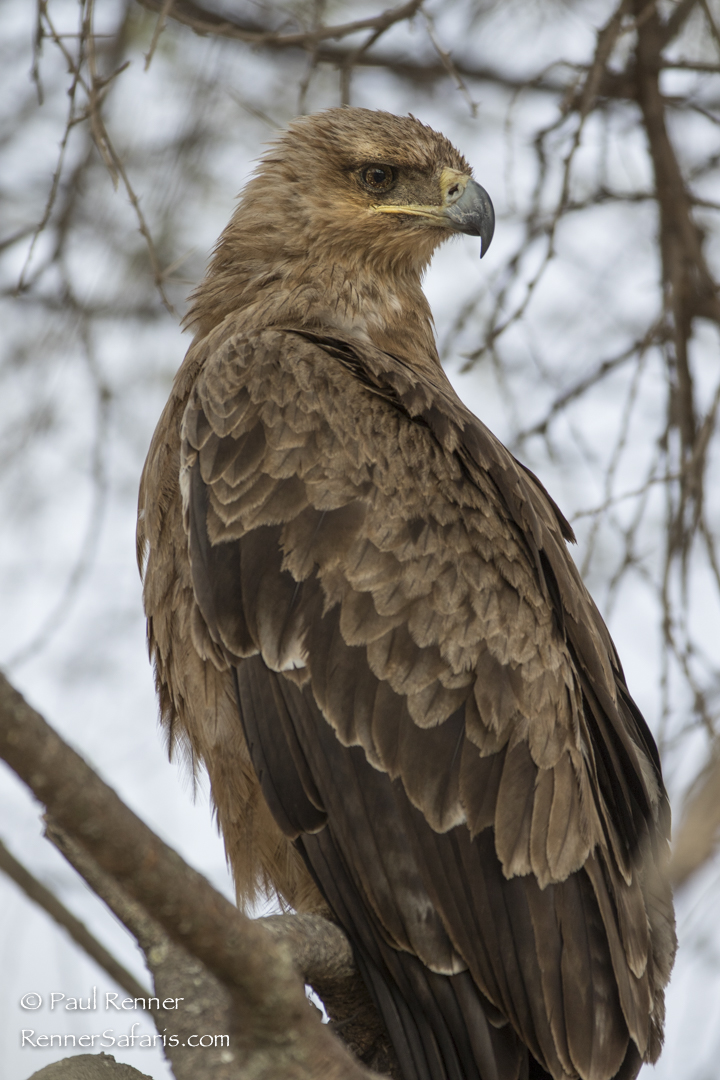Renner Safaris
SAFARI NEWS WITH PAUL RENNER
Tanzania and Kenya Photo Safari, September 2017

The variety of wildlife that we see on our safaris is always incredible! In a display of territorial rights, a hippo makes his way up from the stream to show us his powerful jaws and teeth. It is a warning that we are close enough! He had just been chased by a larger hippo so was not in a good mood!

Elephants love playing in a mud hole. It appears to be one of their favorite past times. The mud also serves as sunscreen and insect repellent.

A bull elephant keeping his eye on a passing duck as the elephant relishes a cool drink.

Giraffe often assigns one or two of the mothers in the herd as babysitters to care for and watch over the young ones and to keep them safe.

A mother affectionately cleaning her baby.

It was our first day on safari and we had just entered Tarangire National Park. Within 15 minutes we came to one of my favorite water holes and enjoyed photographing a herd of elephants there for the water.

A herd of impala maintained a safe distance from the elephants but also enjoyed the water.

An elegant male waterbuck.

A male Eland stops for a brief rest. They are the largest antelope with males weighing about 2000 pounds.

These cute little antelopes are called Dik-Dik. They are the smallest antelope and are only thirteen inches high at the shoulder.

Giraffe checking us out.

As amazing as it was neither the lion nor the zebra seemed aware of the other animal. I took the photo from the patio at the Tarangire Safari Lodge.

This handsome bird is a White-belliGo-away-bird. At times their call sounds as though they are saying go-way, go-way. They often make the call when they see human beings, as a warning to other birds and animals.

A cape buffalo stops for a look.

Lioness perched on a riverbank.

A well-fed young lion emerges from a muddy pond.

On our way into Ngorongoro Crater, just as we reached the crater floor we spotted a pride of lions and cubs. This cub was enjoying a leg bone from a wildebeest the lions had caught in the night.

In the Masai Mara in Kenya, we watched as thousands of wildebeest crossed the Mara River.

I have to say that wildebeest do have some crazy dance steps.

Wildebeest frantically crossing the river.

A pride with ten cubs enjoying an early morning meal. One of the females seems to have a bad attitude!

Two young cheetahs taking a break from their long walk across the open plains.

A zebra keeping his eye on four cheetahs in the Masai Mara. The cheetahs are four of the coalition of five that you may have seen on Nat Geo Live. They were filming alongside us.

A topi standing in the beautiful evening light. Topi are some of the most vigilant animals on the plains always alert and watching for predators.

Lioness playing tag with each other. Many times their behavior is like their smaller relatives, the common house cat.

In Tarangire, as we left the lodge, it was getting light so we were surprised to spot a large porcupine. It was very shy and did not turn and face before disappearing down a large hole in the ground. They are nocturnal so are rarely seen.
I often show photos of the larger animals so to be different I thought I would include pictures of some of the beautiful birds we find on safari.

Pearl-spotted Owlette.

Senegal Lapwing in flight.

Southern Ground Hornbill swallowing a bug.

Hooded Vulture

Tawney eagle.

Magpie Shrike taking flight.Bateleur

It is always great to see a leopard and the Mara in Kenya is one of the best places to find them. There are a good number of them living there and many of them are used to vehicles so don’t mind being photographed.

As we left camp one afternoon we had only driven about 1/2 a mile and were greeted by a herd of curious giraffe.

It is a heartwarming experience to watch baby elephants and their keepers at The David Sheldrick Elephant Orphanage. The keepers do a wonderful job of raising orphaned baby elephants to be released into the wild. They usually have around 28 babies from a few weeks old up to four years. It is a long process, but once the elephants have learned and been taught to interact with wild elephants they are relocated to live with a herd that accepts them. This is a fabulous project and most visitors are moved and thrilled to have experienced our encounter with the baby elephants.

It is a joy to watch the baby elephants interact with each other and with their keepers. Fourteen elephants at a time are brought in to be fed and enjoy playing in the mud and water. I find it fascinating that the only thing between us and the babies is the half-inch rope.

I am happy to see the local children given the opportunity to interact with the babies and learning that they are a treasure to be enjoyed. Hopefully, this experience will bring them an awareness that will convince them to commit to saving elephants in the future.
I hope you will join me on safari in the future for your African safari adventure of a lifetime! May your days be filled with fantastic photo adventures and as always, remember to enjoy each day.
~Paul Renner
Join Us
For information regarding safaris and reservations call BEST SAFARIS
Prem Sharma or Gaby Gurrola
Phone: 714-349-7112
e-mail: info@bestsafaris.com
CST # 2073854-40
